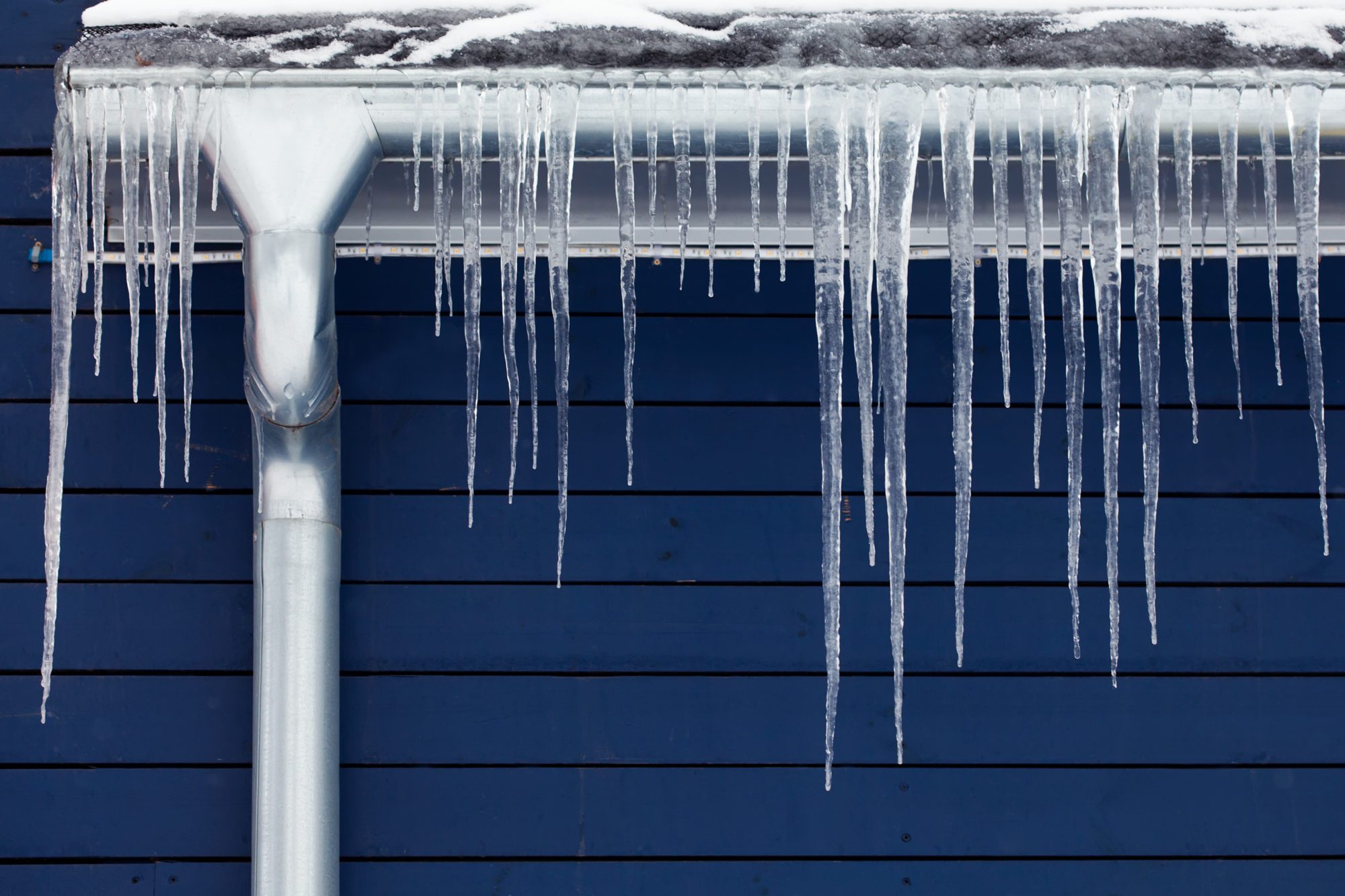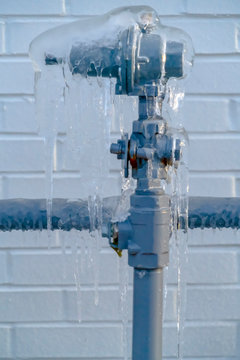Preventing Frozen Pipes in Cold Weather: Pro Advice
Preventing Frozen Pipes in Cold Weather: Pro Advice
Blog Article
Almost everyone has got their own opinion on the subject of 6 Ways to Prevent Frozen Pipes.

Winter can damage your plumbing, especially by freezing pipes. Here's how to stop it from taking place and what to do if it does.
Intro
As temperature levels drop, the risk of icy pipelines increases, potentially leading to pricey repair services and water damage. Recognizing just how to prevent icy pipes is important for homeowners in chilly environments.
Avoidance Tips
Protecting vulnerable pipes
Cover pipes in insulation sleeves or utilize heat tape to protect them from freezing temperature levels. Focus on pipelines in unheated or exterior areas of the home.
Heating strategies
Keep interior rooms adequately heated up, especially areas with plumbing. Open closet doors to permit cozy air to distribute around pipelines under sinks.
Exactly how to identify frozen pipes
Try to find reduced water circulation from taps, uncommon odors or sounds from pipelines, and visible frost on subjected pipes.
Long-Term Solutions
Structural changes
Consider rerouting pipelines far from outside walls or unheated locations. Add additional insulation to attic rooms, cellars, and crawl spaces.
Updating insulation
Invest in high-quality insulation for pipelines, attic rooms, and wall surfaces. Appropriate insulation helps keep regular temperature levels and decreases the risk of icy pipes.
Protecting Exterior Plumbing
Yard pipes and outside taps
Detach and drain pipes garden tubes before winter months. Set up frost-proof faucets or cover outdoor faucets with protected caps.
Comprehending Frozen Pipes
What creates pipelines to freeze?
Pipelines ice up when exposed to temperatures below 32 ° F (0 ° C) for expanded durations. As water inside the pipes freezes, it increases, taxing the pipe wall surfaces and possibly triggering them to burst.
Threats and damages
Frozen pipelines can lead to supply of water disturbances, residential or commercial property damage, and costly repair services. Burst pipelines can flood homes and cause considerable architectural damage.
Indications of Frozen Pipeline
Determining frozen pipelines early can prevent them from breaking.
What to Do If Your Pipes Freeze
Immediate actions to take
If you suspect icy pipes, keep taps available to eliminate pressure as the ice thaws. Utilize a hairdryer or towels soaked in warm water to thaw pipes gradually.
Conclusion
Protecting against frozen pipelines needs aggressive procedures and fast reactions. By recognizing the causes, indicators, and preventive measures, house owners can protect their plumbing throughout winter.
5 Ways to Prevent Frozen Pipes
Drain Outdoor Faucets and Disconnect Hoses
First, close the shut-off valve that controls the flow of water in the pipe to your outdoor faucet. Then, head outside to disconnect and drain your hose and open the outdoor faucet to allow the water to completely drain out of the line. Turn off the faucet when done. Finally, head back to the shut-off valve and drain the remaining water inside the pipe into a bucket or container. Additionally, if you have a home irrigation system, you should consider hiring an expert to clear the system of water each year.
Insulate Pipes
One of the best and most cost-effective methods for preventing frozen water pipes is to wrap your pipes with insulation. This is especially important for areas in your home that aren’t exposed to heat, such as an attic. We suggest using foam sleeves, which can typically be found at your local hardware store.
Keep Heat Running at 65
Your pipes are located inside your walls, and the temperature there is much colder than the rest of the house. To prevent your pipes from freezing, The Insurance Information Institute suggests that you keep your home heated to at least 65 degrees, even when traveling. You may want to invest in smart devices that can keep an eye on the temperature in your home while you’re away.
Leave Water Dripping
Moving water — even a small trickle — can prevent ice from forming inside your pipes. When freezing temps are imminent, start a drip of water from all faucets that serve exposed pipes. Leaving a few faucets running will also help relieve pressure inside the pipes and help prevent a rupture if the water inside freezes.
Open Cupboard Doors
Warm your kitchen and bathroom pipes by opening cupboards and vanities. You should also leave your interior doors ajar to help warm air circulate evenly throughout your home.

I hope you enjoyed our section about How To Avoid Freezing Pipes. Thank you so much for taking time to read our article post. Enjoyed our content? Please quickly share it. Help another person discover it. We cherish reading our article about Preventing and dealing with frozen pipes.
Automated Marketing Report this page